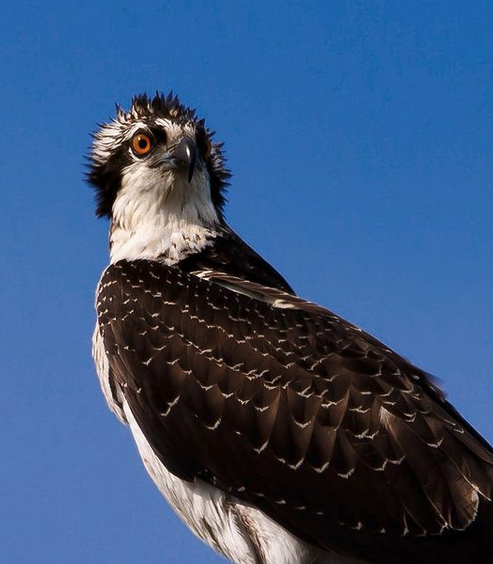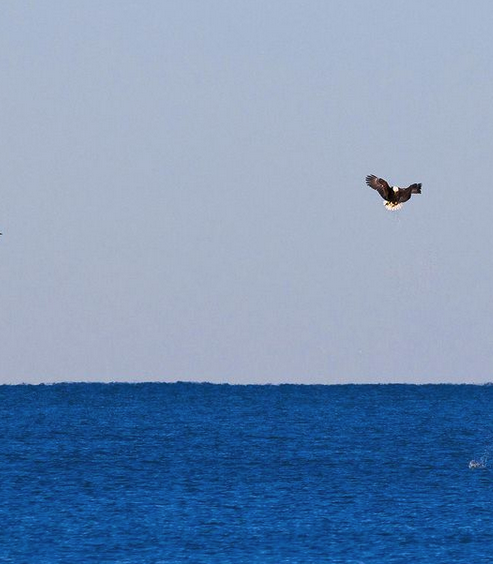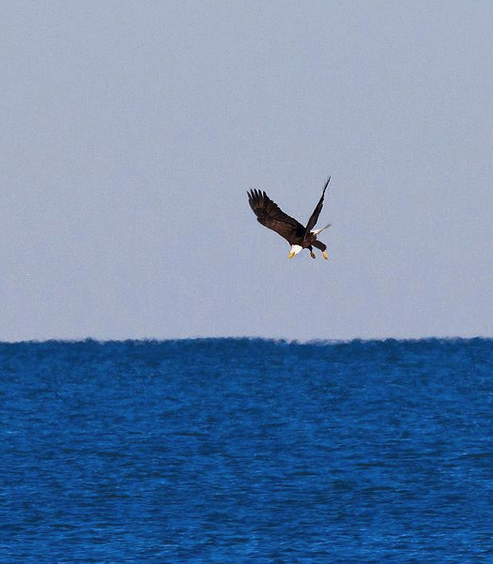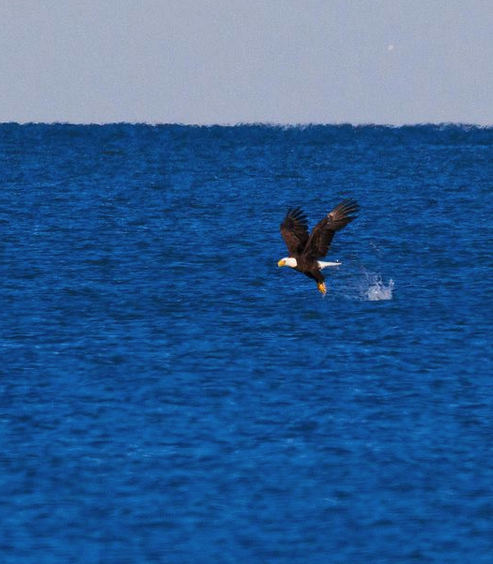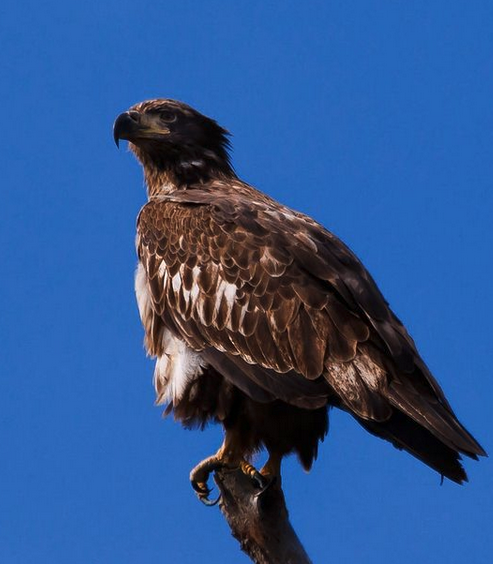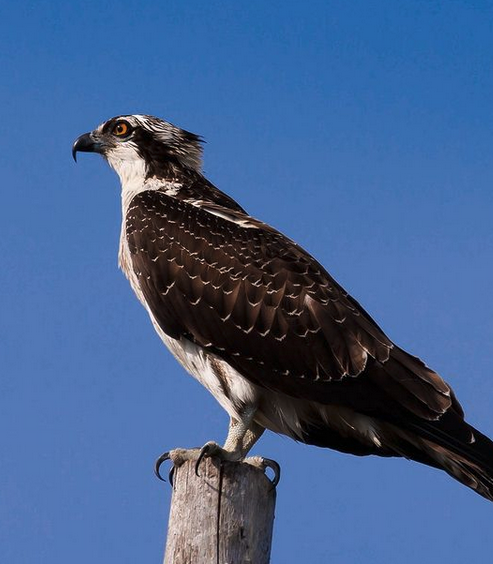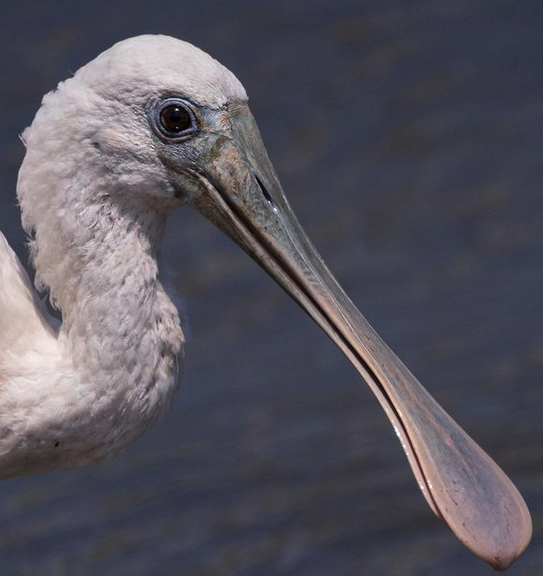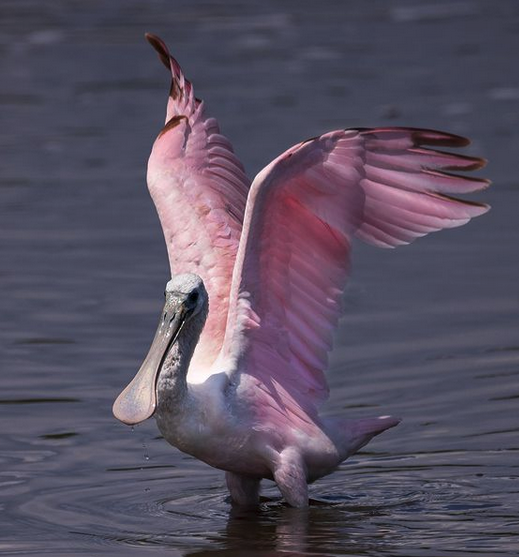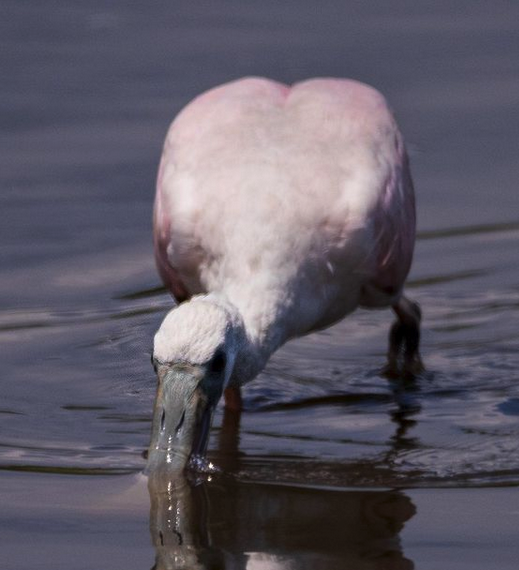It’s always a treat to spend time with the Carolinas two largest raptor species, the Bald Eagle and an Osprey.
I spotted these impressive creatures while birding at Huntington Beach State Park in Murrells Inlet SC last week.
Both birds favored perching on the top of the same dead tree along Jetty Drive offering me good views throughout the day.
Though these two shared the same roosting site, as seen in the last few photos of this post Bald Eagles and Ospreys are often seen competing with each other for food.
In fact, I even got to watch a Bald Eagle harassing an Osprey to drop its fish into the ocean.
Once the fish hit the water, the Bald Eagle swooped down to retrieve the Ospreys prize.
Bald Eagles are year round residents of North and South Carolina. They are found across both states from the mountains to the coast and are best spotted near large lakes and rivers. Thanks to conservation efforts, Bald Eagle numbers have been on the rise over the past 20 years so although they aren’t necessarily a common species of bird, your chances of seeing them in the Carolinas are pretty good!
If you’re looking to find an Osprey in the winter, your best bet is to head to the coast of South Carolina as this is the northern boundary of their wintering range.
During the rest of the year, Ospreys are found in both states hunting on rivers, freshwater lakes and ponds as well as in our coastal counties over marshes and along the Atlantic coastline.
Photos by @sally_siko of @birdwatching_nc on the mighty mirrorless monster of a camera, the @canonusa
#R5


